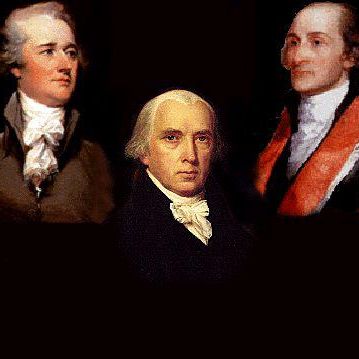



In a bid to advance its ambitious energy efficiency agenda, the Biden administration will begin enforcing a nationwide ban on select types of widely used light bulbs.
The regulations, set by the Department of Energy (DOE), will prohibit manufacturers and retailers from selling incandescent and similar halogen light bulbs, which currently constitute a significant portion of the market.
Instead, they will be required to offer light-emitting diode (LED) alternatives or face substantial federal penalties.
The move has sparked criticism from conservative lawmakers who view it as government overreach.
Representative Bob Good from Virginia expressed his opposition on Twitter, stating, “It’s impossible for Democrats to leave us alone. States must fight back.”
Similarly, Representative Andy Barr from Kentucky argued that the DOE should prioritize American energy independence rather than dictating consumers’ light bulb choices for homes and businesses.
The DOE first proposed these regulations in early 2022 and finalized them in April of the same year, citing potential benefits.
According to the DOE, the regulations are expected to save consumers approximately $3 billion annually on utility bills and reduce carbon emissions by 222 million metric tons over the next three decades.
To ensure compliance across the industry, the DOE has been forewarning retailers about the upcoming ban enforcement.
Energy Secretary Jennifer Granholm praised the measure, stating that the lighting industry has already been embracing more energy-efficient products, and the ban will expedite progress, offering better and brighter alternatives to American consumers.
Recent data from the Residential Energy Consumption Survey shows that LED adoption has been increasing in U.S. households since 2015. H
owever, fewer than half of households reported using mostly or exclusively LEDs.
The survey revealed that 47% of households rely mainly on LEDs, while 15% prefer incandescent or halogen bulbs, and 12% use compact fluorescent (CFL) bulbs. Additionally, 26% of households reported no predominant bulb type.
Critics of the regulations point out that lower-income Americans may be disproportionately affected, as LED bulbs are more prevalent in higher-income households.
For example, 54% of households with an income exceeding $100,000 per year use LEDs, compared to only 39% of households earning $20,000 or less.
In response to the DOE’s move, a coalition of free market and consumer groups opposed to incandescent bulb bans submitted a comment letter last year, stating that further regulatory interference is unnecessary.
They argued that energy-efficient alternatives, such as LED bulbs, are already available for consumers who prefer them over incandescent bulbs.
The coalition also questioned the estimates of climate benefits associated with energy efficiency rules, labeling them as “speculative, assumption-driven, and prone to bias in the hands of agencies with a regulatory agenda.”
The DOE’s regulation in April 2022 reversed a previous rule from the Trump administration that sought to protect incandescent light bulbs and allow consumers to choose their preferred products.
Former President Donald Trump himself had expressed opposition to LED light bulbs in 2019, citing their higher cost and appearance.
Environmental groups, however, have applauded the Biden administration’s stance, supporting the crackdown on inefficient light bulbs.
Joe Vukovich, an energy efficiency advocate at the Natural Resources Defense Council, described the ban as “long overdue.”
Additionally, the DOE has introduced new standards for various other appliances, including gas stoves, clothes washers, refrigerators, dishwashers, water heaters, and air conditioners over the past few months.
The federal Unified Agenda indicates that the Biden administration is planning to propose or finalize rules for dozens more appliances in the coming year, such as consumer furnaces, pool pumps, battery chargers, ceiling fans, and dehumidifiers.
The ban on certain light bulbs reflects the administration’s broader efforts to improve energy efficiency across various sectors, but it has not been without controversy.
As the enforcement begins, the debate over government regulation, consumer choice, and the impact on different socio-economic groups continues.







RELATED: The Climate Change Scam Blown to Smithereens By 6 Images
